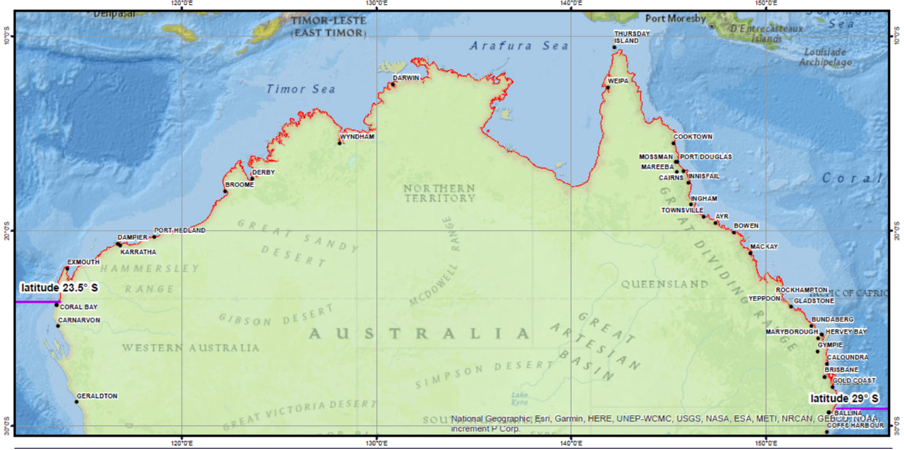This new equipment list is for non-survey vessels operating:
- within 2 nautical miles of land - if you transit beyond 2 nm miles of land to reach your operational area this equipment list is not applicable to your vessel.
- in warm waters
- with a maximum significant wave height of no greater than 2.5 metres
- either under Exemption 2 (certificates of survey) or Exemption 40 (class C restricted operations).
Waters north of Coral Bay in Western Australia, all coastal waters in the Northern Territory and Queensland, and waters north of Ballina in NSW (waters north of latitude 23.5° south on the west coast and latitude 29° south on the east coast).
'Nearest land' is the distance from land (other than a reef) as measured from the lowest astronomical tide.
New equipment list
Note: The safety equipment arrangements do not expand a vessel's operational area. For example, a Class 3D vessel can only operate in D waters that are within 200 metres of land with this equipment.
Portable safety equipment
| Item | Quantity | Description | Need to know | 3C*, 3C-Restricted#, 3D & 3E within 2nm of land |
|---|---|---|---|---|
 | 1 for each person onboard | Lifejacket – Level 150 |
|  |
 | 2 | Red hand-held distress flare | Comply with AS2092 and be within their expiry date |  |
 | 1 | Orange hand-held smoke signal | Comply with AS2092 and be within their expiry date |  |
 | 1 | Waterproof buoyant torch or lantern | Have sufficient light intensity to signal for help and be stored with spare batteries |  |
 | 1 | V sheet marine |
|  |
 | Required if more than 1 person onboard | A retrieval device |
|  |
Onboard communication
| Item | Quantity | Description | Need to know | 3C*, 3C-Restricted#, 3D & 3E within 2mn of land |
|---|---|---|---|---|
 | 1
| One or more of the onboard communication methods must be recorded as part of your safety management system (SMS) | 
| |
 | You must have one or more of these (not all) | VHF marine radio | The best method of contacting other vessels, but must be within a VHF operational area to use this option. |  |
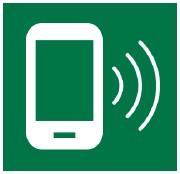 | Mobile phone (if within the coverage area) | Service dependent communication equipment for contacting a shore base or other vessels | 
| |
 | MF/HF Radio (approved by ACMA for maritime use) |  | ||
 | Satellite phone |  |
Navigational equipment
| Item | Quantity | Description | Need to know | 3C*, 3C-Restricted#, 3D & 3E within 2nm of land |
|---|---|---|---|---|
 | 1 set | Navigation lights | Only required when operating at night or for restricted visibility:
|  Only required at night or for restricted visibility |
 | 1 of each | Compass or Global Positioning System (GPS) | Minimum 75mm diameter compass card showing the cardinal points. GPS must be suitable for marine navigation, display speed and determine location |  Compass + chart or an electronic navigation device |
| PLUS | ||||
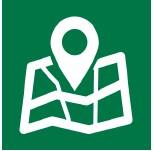 | 1 of each | Chart or map of the operational area | Must be a geographical representation of a marine area that identifies prominent shore marks and offshore islands, reefs and shoals | |
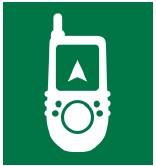 | 1 | Electronic navigation device | Only required if not equipped with a compass and a chart |  Compass + chart or an electronic navigation device |
Miscellaneous equipment
| Item | Quantity | Description | Need to know | 3C*, 3C-Restricted#, 3D & 3E within 2nm of land |
|---|---|---|---|---|
 | 1
| Anchor with chain and/or rope | Sufficient holding strength for conditions and the vessel size and weight |  |
 | 1 | Bailing bucket |
|  |
 | See Table 2 | Bilge pumps | Bilge pumps must be able to drain all bilges or closed floor compartments other than airtight voids or spaces filled with flotation. On an open vessel, the bilge system must be able to operate when the vessel is swamped |  |
Emergency equipment
| Item | Quantity | Description | Need to know | 3C*, 3C-Restricted#, 3D & 3E within 2nm of land |
|---|---|---|---|---|
 | 1 | First aid kit | Sufficient for the vessel’s operations based on risk assessment within the SMS. Medical supplies must be within their expiry date |  |
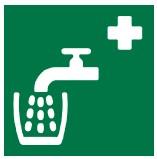 | 2 litres per person | Emergency drinking water | A minimum of 2 litres of emergency drinking water must be provided |  |
 | 1 | Fire blanket |  | |
 | 1 x dry powder | Fire extinguisher | See table 1 below for size and rating | 
|
Table 1: Fire extinguishers
| Type of vessel | Quantity | Size (weight) | Rating and type |
|---|---|---|---|
| Outboard vessels operating out to 2nm with ≤25 litres of portable fuel tanks | 1 | 1kg |
|
| Outboard vessels operating out to 2nm with >25 litres of fuel tanks | 1 | 2kg |
Table 2: Bilge pumps
| Manual pump or extra low voltage (ELV) pumps | ||
|---|---|---|
| Measured Length of vessel | Number | Capacity in kilolitre/hour |
| <5m | Bailing bucket acceptable for open boats provided the bilge is readily accessible. | |
| <7.5m | 1 | 4.0 |
| ≥7.5m to <12m | 2 | 4.0 |
* Existing fishing vessels not required to have a certificate of survey under Exemption 02.
# New vessels not required to have a certificate of survey under Exemption 40.
Definitions
NSCV Part B (General requirements) is on AMSA's website:
- Operational area category C is defined within NSCV Part B as ‘Restricted offshore operations’
- Operational area category C Restricted is defined within NSCV Part B as ‘Restricted offshore operations – specified areas’
- Operational area category D is defined within NSCV Part B as ‘Partially smooth water operations’
- Operational area category E is defined within NSCV Part B as ‘Smooth water operations’.
Map of warm waters
The new equipment list applies to the vessels outlined above that operate in warm waters as shown in red on the map.
